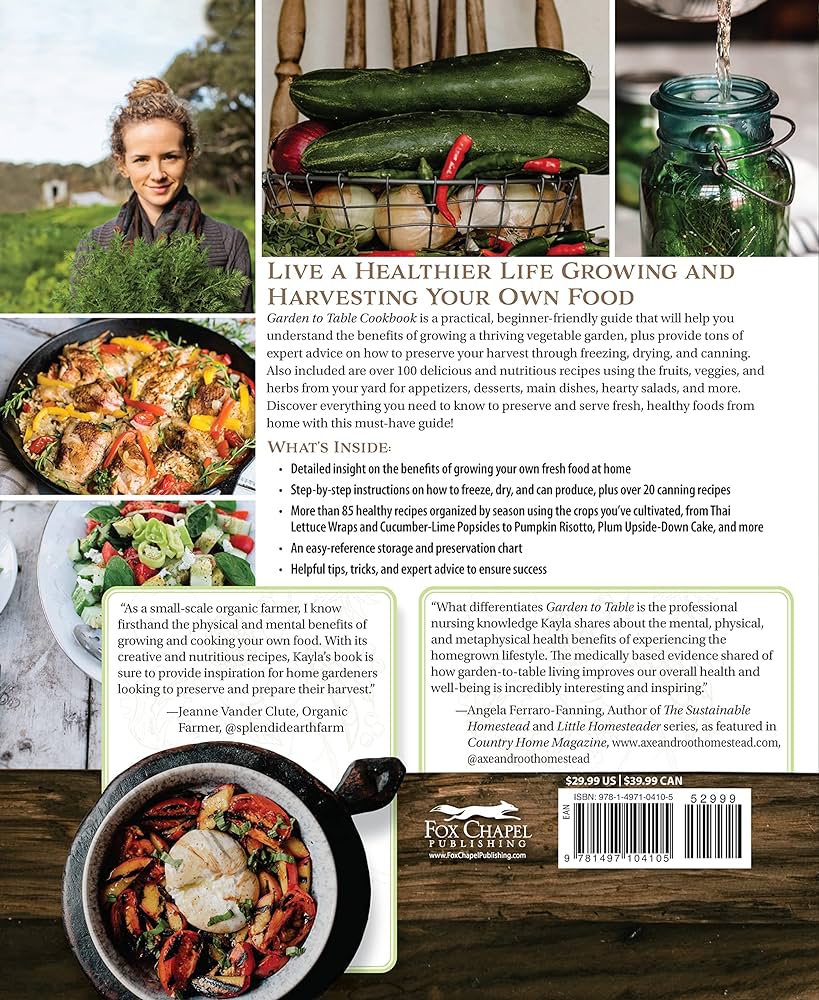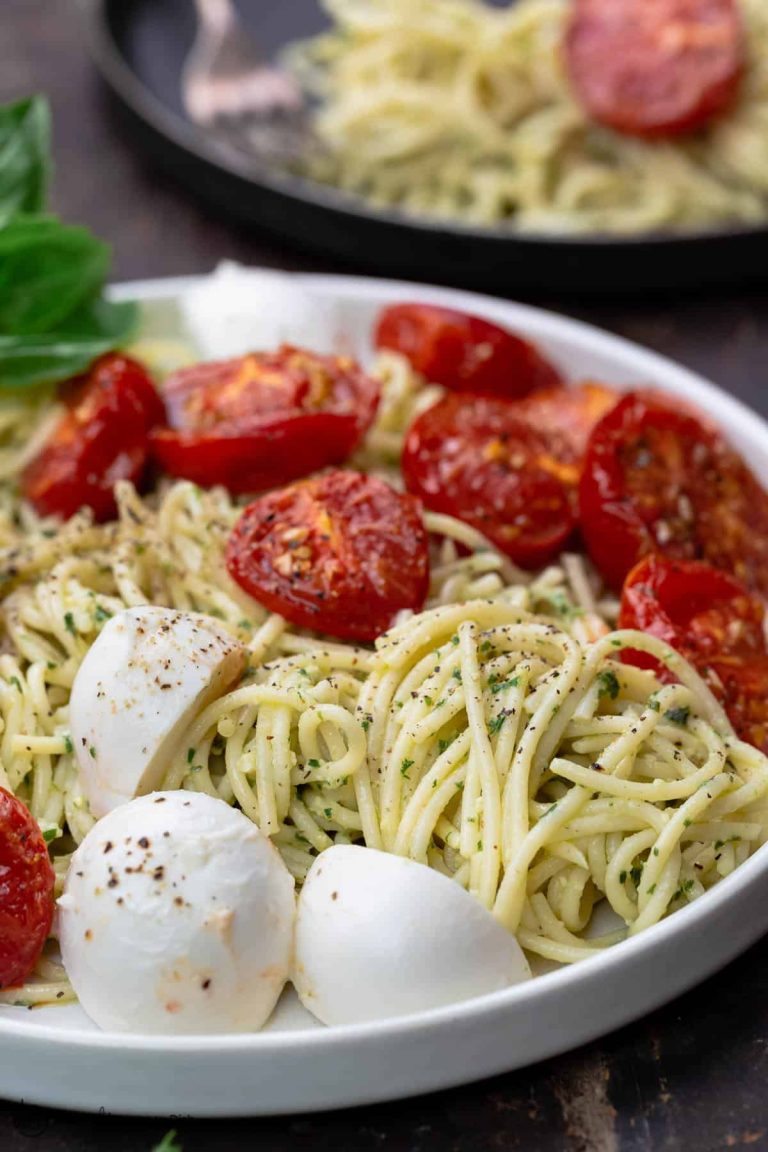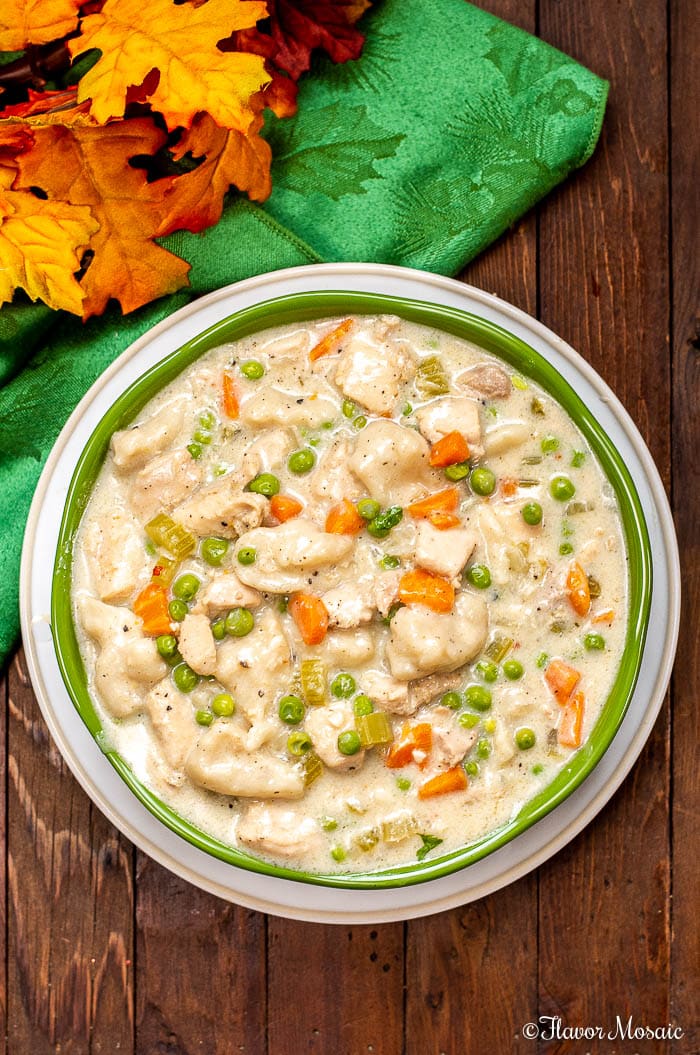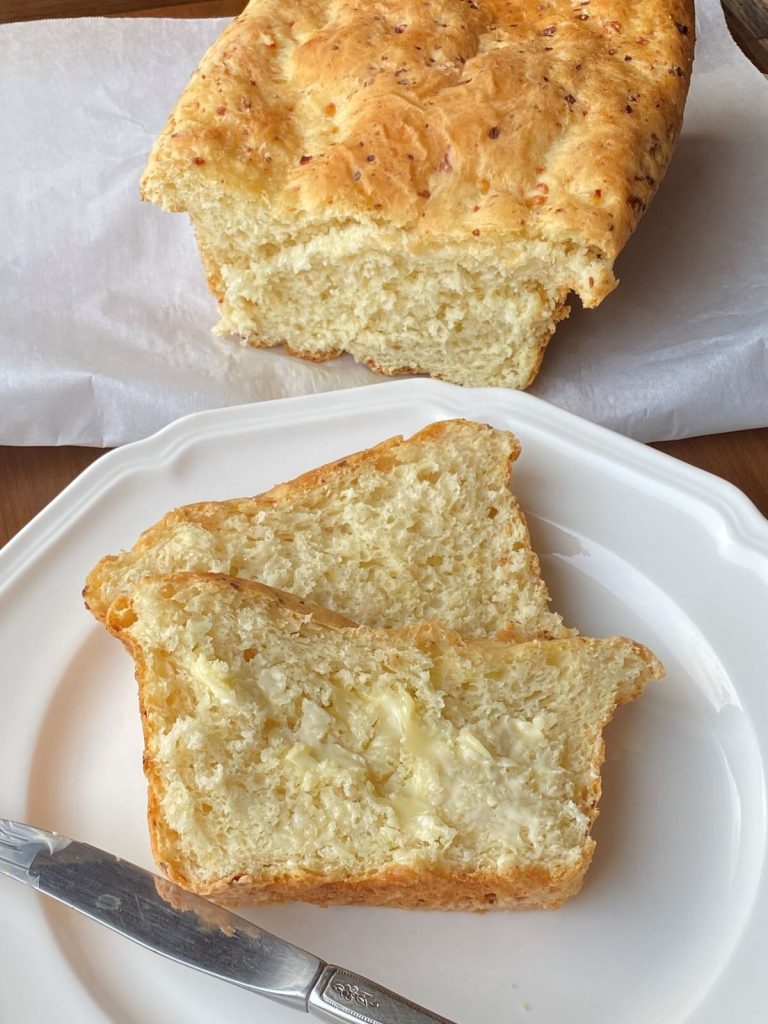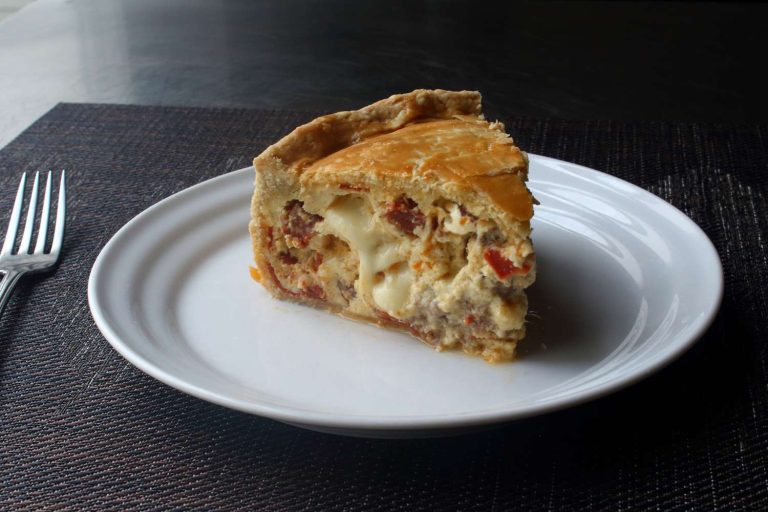Strawberry Jam: History, Health Benefits, and Preserving Tips
Strawberry jam dates back centuries. It became popular in 16th-century Europe when sugar, a crucial ingredient, became widely available. Preserving fruits like strawberries allowed people to enjoy the taste long after the harvest season.
In the 19th century, home canning techniques improved, making jam production easier. Strawberry jam, rich in flavor and color, became a staple at breakfast tables and a common homemade gift. In various cultures, strawberry jam symbolizes home-cooked comfort and shared moments.
Regional Variations in Recipes
Strawberry jam recipes vary by region. In the United States, many recipes feature a high sugar content, while European versions often use less sugar, focusing on the fruit’s natural sweetness. French strawberry jam typically includes whole berries, providing a chunky texture.
In Japan, ichigo jam uses smaller, less sweet strawberries, creating a delicate flavor. Meanwhile, in Mexico, some recipes add a hint of chili for a unique twist. Each region’s recipe reflects local tastes and traditions, ensuring diverse flavors in every jar.
Key Ingredients for Homemade Strawberry Jam
Choosing the Right Strawberries
Selecting the right strawberries is crucial for making homemade strawberry jam. Look for strawberries that are bright red, firm, and free from blemishes. Fresh, ripe strawberries contain more natural sugars and provide a sweeter and more robust flavor. For the best results, use strawberries that are in season and locally sourced if possible, as they tend to be fresher and more flavorful.
The Role of Sugar and Pectin
Sugar plays a significant role in homemade strawberry jam. It’s not just a sweetener but also acts as a preservative and contributes to the texture. The amount of sugar varies based on personal preference and the recipe followed. Generally, a 1:1 ratio of sugar to fruit is common.
Pectin is another vital ingredient in strawberry jam. It’s a natural gelling agent found in fruit. Adding pectin helps the jam set properly. While strawberries contain some pectin, adding extra pectin ensures a firmer consistency. You can use commercial pectin or choose high-pectin fruits like apples or citrus to boost the pectin content naturally.
The Cooking Process
Preparing the Fruit
Begin by thoroughly washing the strawberries under cold running water. Remove the green stems and leaves using a small paring knife or hulling tool. Afterward, cut the strawberries into uniform pieces to ensure even cooking. For 2 pounds of strawberries, aim for halves or quarters depending on size. Consistent fruit preparation impacts the jam’s texture, blending well with sugar during cooking.
Cooking Techniques and Timing
Combine the prepared strawberries with sugar and pectin in a large, heavy-bottomed pot. Maintain a fruit-sugar ratio of 5:3 to achieve the desired sweetness and consistency. Stir the mixture over medium heat until the sugar dissolves completely. As the mixture heats up, stir frequently to prevent burning and ensure even cooking.
Once the sugar has dissolved, increase the heat to bring the mixture to a rolling boil. Boil for 1-2 minutes, then reduce the heat slightly and continue boiling for an additional 10-15 minutes. Use a kitchen thermometer to monitor the temperature, aiming for 220°F. If the temperature fluctuates, adjust the heat accordingly.
To test for the perfect set, place a small amount of jam on a chilled plate. Let it cool briefly, then push it with your finger. If it wrinkles slightly, it’s ready. If not, continue boiling and testing every 2 minutes.
Remove the pot from heat and skim off any foam using a spoon. Ladle the hot jam into sterilized jars, leaving a 1/4 inch headspace. Seal immediately with lids and process the jars in a boiling water bath for 10 minutes to ensure proper preservation. Allow the jars to cool completely before storing.
This precise approach to fruit preparation and cooking optimizes the flavor and consistency of your homemade strawberry jam.
Health Benefits and Nutritional Info
Vitamins and Antioxidants in Strawberries
Strawberries contain vitamins and antioxidants that contribute to their health benefits. Rich in vitamin C, strawberries help support your immune system. One cup (152 grams) of strawberries provides about 89 mg of vitamin C, which is 99% of your daily recommended intake. These berries also supply vitamin K, folate, and potassium.
Antioxidants in strawberries, such as anthocyanins and quercetin, help fight oxidative stress and inflammation. Consuming foods high in antioxidants can lower your risk of chronic diseases like heart disease and cancer. Additionally, these compounds support brain health and improve skin appearance by reducing premature aging signs.
Considering Sugar Content
While strawberry jam offers various health benefits, consider its sugar content. Traditional recipes require a significant amount of sugar, impacting the jam’s overall nutritional profile. For instance, one tablespoon of strawberry jam can contain around 9.7 grams of sugar.
If you’re concerned about sugar intake, explore reduced-sugar or sugar-free jam options. These alternatives use artificial sweeteners or sugar substitutes like stevia to lower the overall sugar content without sacrificing flavor. Opting for homemade strawberry jam allows you to control the sugar level, customizing the sweetness to suit your preferences and dietary needs.
Nutritional Table
Below is an example of the nutritional content for traditional and reduced-sugar strawberry jam:
| Nutrient | Traditional (1 Tbsp) | Reduced-Sugar (1 Tbsp) |
|---|---|---|
| Calories | 56 | 20 |
| Total Fat | 0.02 g | 0.01 g |
| Sodium | 0.58 mg | 0.27 mg |
| Total Carbohydrates | 13.77 g | 5.38 g |
| Sugars | 9.7 g | 2.5 g |
| Protein | 0.07 g | 0.04 g |
| Vitamin C | 0.5 mg | 1 mg |
Being mindful of these factors helps you enjoy the delicious taste of strawberry jam while maintaining a balanced and nutritious diet.
Storing and Preserving Strawberry Jam
Best Practices for Long-Term Storage
Sterilize jars and lids to ensure your strawberry jam stays fresh. Boil jars and lids for 10 minutes before filling them with hot jam. This kills bacteria and makes a vacuum seal possible. Store sealed jars in a cool, dark place such as a pantry or cupboard. Jam stored this way lasts up to 12 months.
Label jars with the date of preparation. This helps you use the oldest jars first and keeps track of storage time. Store opened jars in the refrigerator to maintain quality and prevent spoilage.
Tips for Freezing and Refrigeration
Cool jam to room temperature before freezing. Transfer it to freezer-safe containers, leaving space for expansion. This prevents glass breakage and ensures a secure seal. Frozen jam maintains quality for up to six months.
Use shallow containers to speed up the chilling process when refrigerating. Place the jam in the back of the fridge where temperatures are more stable. Refrigerated jam remains fresh for up to three weeks.
Following these methods ensures your homemade strawberry jam stays delicious and safe to eat.
Conclusion
Making your own strawberry jam can be a rewarding and delicious endeavor. By understanding the history and process, you can create a jam that’s both flavorful and nutritious. Remember to choose ripe strawberries, use the right amount of sugar or opt for reduced-sugar alternatives, and follow best practices for preserving your jam. With these tips, you can enjoy the health benefits of strawberries while keeping your sugar intake in check. Whether you prefer traditional or reduced-sugar versions, homemade strawberry jam can be a delightful addition to your pantry.
